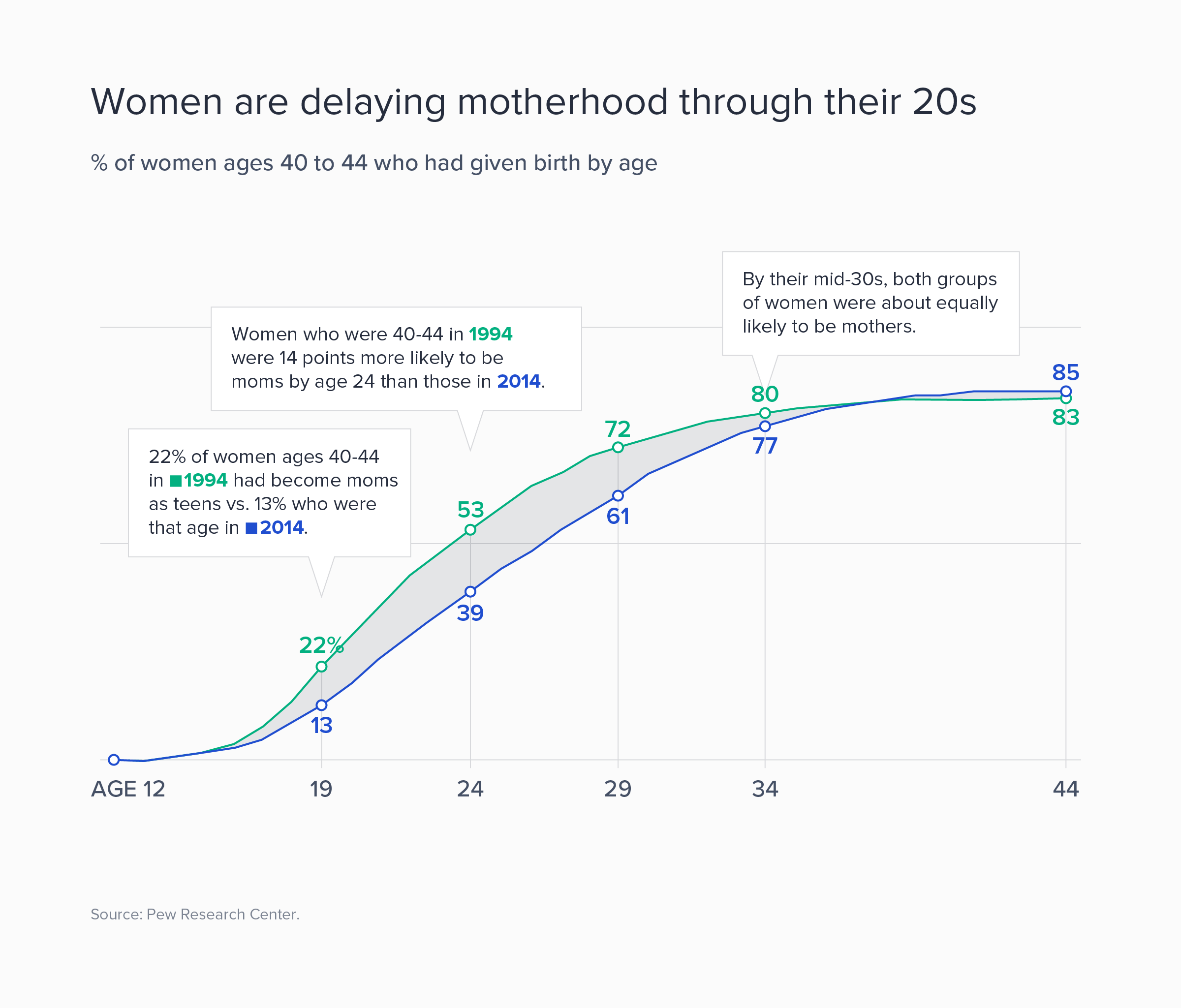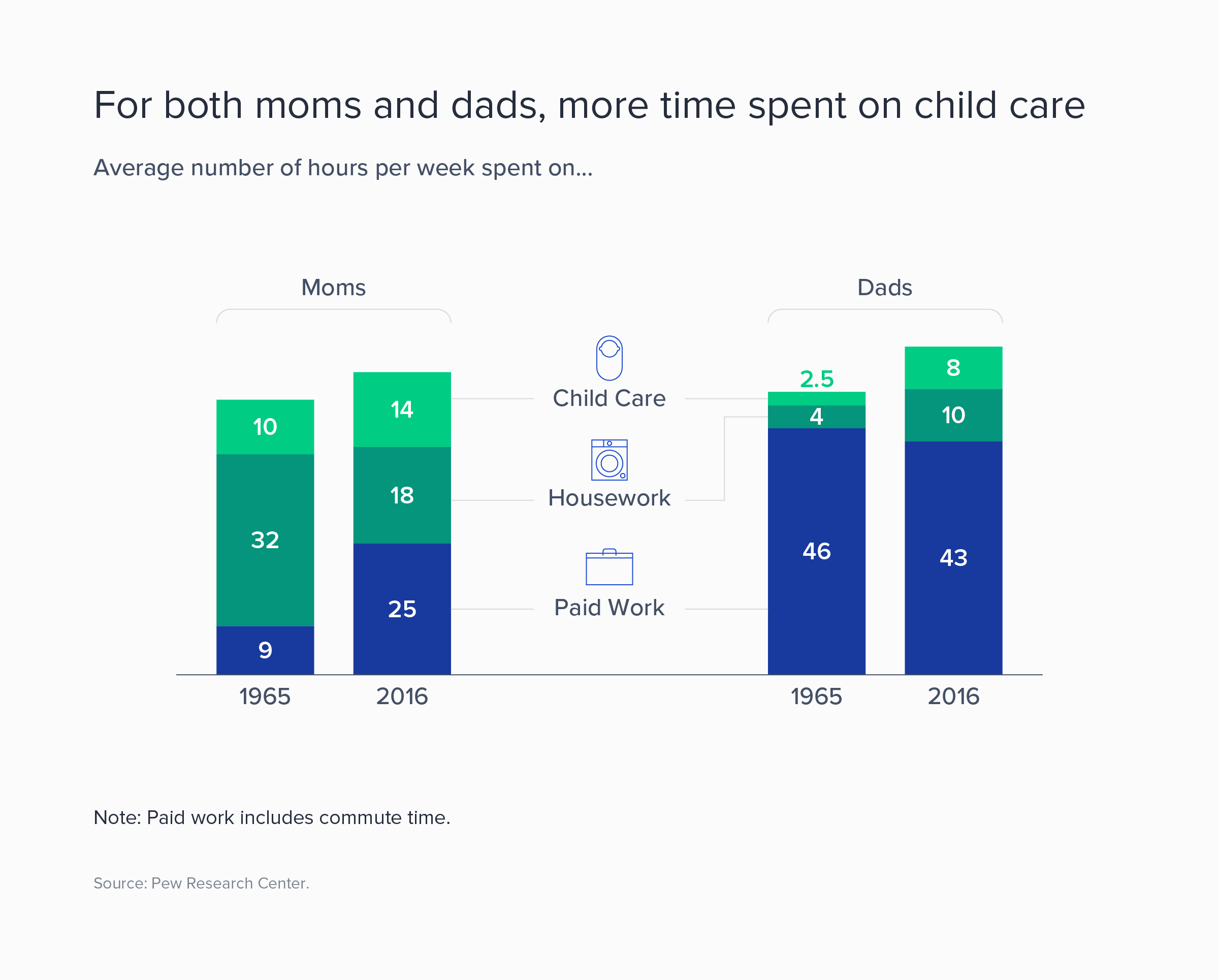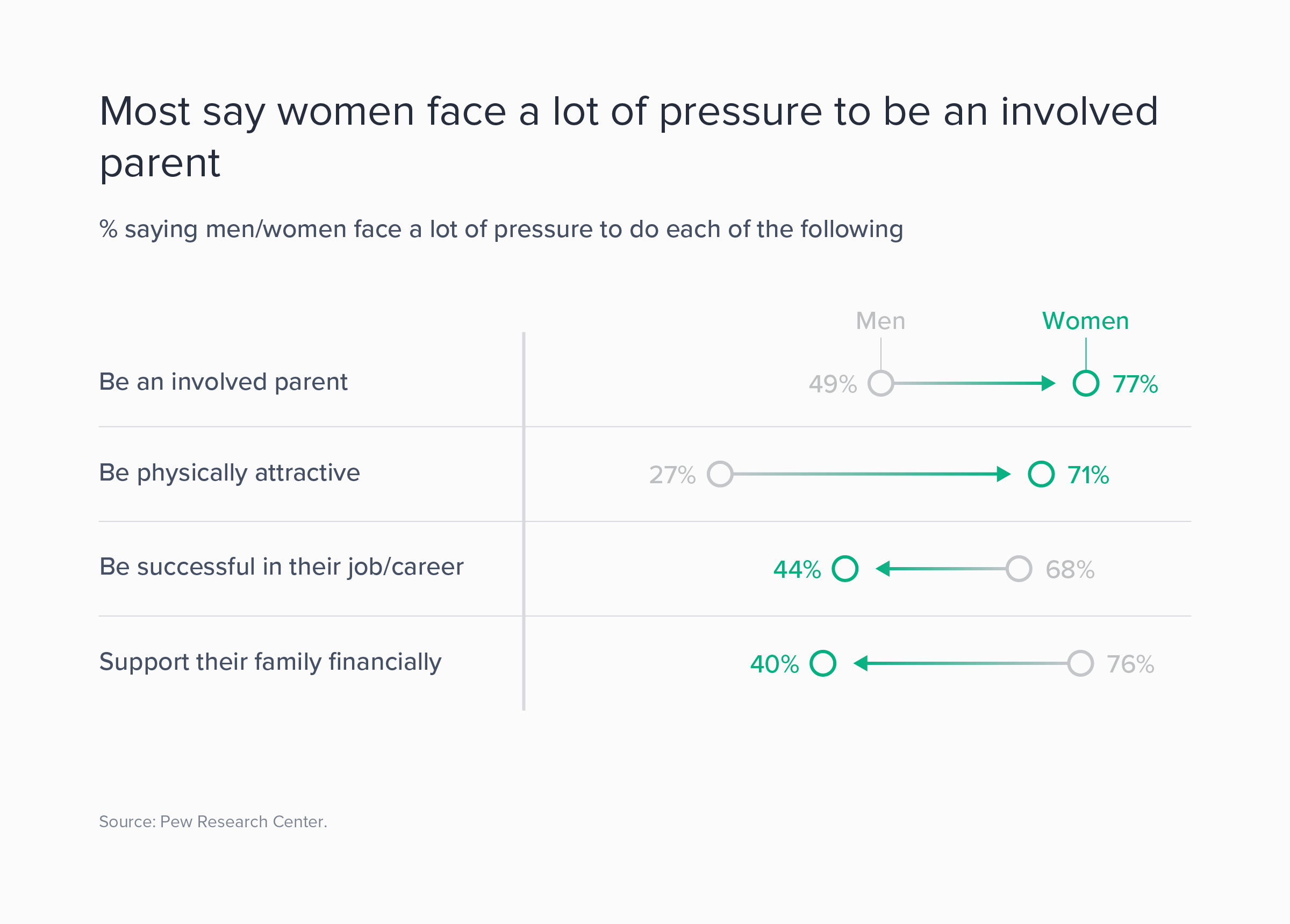The Second Shift: Why On-demand Talent Advances Women
authors are vetted experts in their fields and write on topics in which they are extremely knowledgeable. All of our content is peer reviewed and validated by world-class professionals.

I like to say that I was part of the talent economy before there was a word for it.
I started my career at Ogilvy in New York City, and I was lucky enough to be there during a time of female CEOs. It was a place where I didn't have to justify being a woman who raised my hand in a meeting, and it was empowering, especially so early in my career.
Then, I got married and moved across the country four times in five years -- back and forth from Seattle to New York City -- for my husband’s job with Microsoft. Women have a drastically different employment path than men, spending far more time out of the workforce (44% of their adult life vs. 28% for men). To be sure, I lived that. The frequent moves, and caring for our two small children, left little time for me to continue my traditional career. It was then that I fell into freelancing. At Ogilvy, I got a great education in brand marketing and was able to use those skills with companies in both Seattle and New York, depending on where I was living. I spent about 75% of my work time finding these freelance jobs, though. While I loved the work and the flexibility, it wasn’t ideal.
Once back in New York permanently, I considered returning to full-time work. I realized, however, that I would have to give up absolutely everything. It was a very pivotal time in our lives. My children were still young, and I knew I couldn’t commit 60-80 hours a week to a job without sacrificing my relationship with my husband and kids.
Fortunately, this was exactly when I met my fellow co-founder, Jenny Galluzzo, who had recently left a career in broadcast journalism after realizing there weren't any working mothers there. At the playground one day, we had an epiphany: There had to be more women like us, with this same problem. We began talking to other women and found that once a woman’s career got off track for one reason or another, she had difficulty getting started again. Case in point: 47% of MBA students are women, but a mere 6.6% of Fortune 500 CEOs are women.
Jenny and I wanted to help women who found themselves derailed. Thus, The Second Shift was born. The name refers to the idea that when women first began working, they had to come home to their “second shift” -- the childcare and housework, which traditionally only women were responsible for. (Thankfully, gender roles have evolved.) Our goals for the company were to help highly educated women find flexible positions on demand. In addition, we wanted to help companies design cultures that support and retain women.
Working Mothers Today
Jenny and I set out to solve this problem that we had become so very familiar with: women, especially mothers, in search of a flexible career. Specifically, I found that mothers were more highly educated and highly skilled than at any other time in history.

Consider these facts:
- More women are mothers today: 86% of women by the age of 44 have given birth, up from 80% 10 years ago.
- More mothers are highly educated: 80% of women with PhDs by the age of 44 have given birth, up from 65% two decades ago.
- Women are delaying motherhood compared to women 20 years ago (see figure above). This shift is tied to greater educational attainment, delays in marriage, and a greater likelihood of working outside the home.
- Mothers work more hours today. On average, mothers work 25 hours per week vs. nine hours per week in 1965. They also spend more time on childcare than they did in 1965. On average, mothers spend 14 hours a week on childcare today vs. 10 hours per week in 1965 (see figure below).
- Mothers are increasingly becoming the breadwinners of the family: 40% of US moms today earn more than their partners.
- 24% of moms are not married, putting greater pressure on their ability to generate income.

The only reason I did not pursue traditional full-time employment when we moved back to New York was because I wanted to be physically present with my family, in addition to having a fulfilling career. It’s a paradox many other women can relate to. Despite the growing trend of mothers in the workforce, mothers feel an enormous amount of pressure to be an involved parent. This pressure is higher for women (77%) than for men (56%).

There are still challenges with freelancing, such as the lack of paid maternity or family and medical leave. However, many women choose to forgo these benefits in order to do rewarding work on a schedule that suits their needs.
Not All Companies Buy-in to On-demand
Although freelancers love the benefits associated with on-demand work, and companies can benefit from hiring these workers, I have found that not all companies are eager to hire on-demand talent.
While working with companies for The Second Shift, I have found the following organizational pain points.
- Control mismatch. Freelancers feel they have more control over their time and career when accepting on-demand work. Employers, on the other hand, often feel like they have far less control. They wonder if the freelancers will do the work without a manager to closely oversee the work process.
In my experience, freelancers, who typically work remotely, will get the work done and will often do it faster and with higher quality. Forbes reported that “among those who worked remotely, both part-time and full-time, 77% stated they were more productive when working remotely; and 30% stated that they accomplished more in less time than when they worked in-house.” - Hiring on-demand workers is disruptive. Some managers feel on-demand talent for short projects disrupts the normal workflow for the full-time employees. They prefer to hire someone full-time to avoid the hassle.
Working with organizations from onboarding to the end of the project helps smooth any potential interruptions. Having the right processes in place allows freelancers to enter and exit teams seamlessly. - Fear of audits. The IRS has specific guidelines for the classification of workers. Misclassifying employees as independent contractors can result in unpaid tax liabilities, criminal penalties of up to $1,000 per misclassified worker, and even jail time.
Again, involve the legal team when writing the freelance contract template and include worker classification clauses, clearly defining what a “freelancer” means for your company.
Women and the Future of Freelancing
Despite challenges, the talent economy is here to stay. Highly educated women are taking control of their work-life balance, and companies are embracing this type of freelance talent. Hiring on-demand talent will become more routine, and the role of women in this workforce will continue to grow. With the expansion of technology, the global talent shortage, and the growing skills gap, companies will increasingly rely on freelance talent. Women, especially working mothers, will naturally gravitate toward these positions in order to achieve the work/family/life balance they seek.
In the near future, I expect to see the following trends in the talent economy:
1. Freelancing will become more global. As long as a freelancer has the available technology, they will be able to live anywhere, so companies will not limit their talent search to a geographic location. This is beneficial to women who, like me, find themselves moving from one location to another to accommodate the needs of others in the family.
Global access will allow freelancing to become more specialized. Companies will begin seeking very specific skills to supplement their inhouse employees. For example, J Crew, a client of ours, was opening a store in Paris. The J Crew marketing team in the US wrote humorous taglines, but unfortunately, they weren’t as funny when translated to French. Their request for us was to find an American-born writer who was familiar with the J Crew brand, was fluent in French, and had lived in Paris. We found her, and her specialized experience landed her the position.
2. Freelancing will be seen as a way of working rather than a career path. Eventually, freelancing will be one way to do almost any job, regardless of the chosen career. Already, we see freelance scientists and lawyers, as well as creatives. The flexibility to work remotely or create teams around projects won’t be limited to specific career paths.
3. Legislation will support on-demand workers. As the on-demand economy continues to grow, legislation that offers protection to workers will increase, offering, for example, portable medical insurance, maternity leave, retirement benefits, and safety nets for the timely payment of invoices.
Freelancing offers endless opportunities to women seeking flexible employment. I feel it’s my personal mission to help women find these opportunities and to encourage businesses to incorporate this talent into their workforce. Without a doubt, freelancing women will be a force throughout the coming decade.
